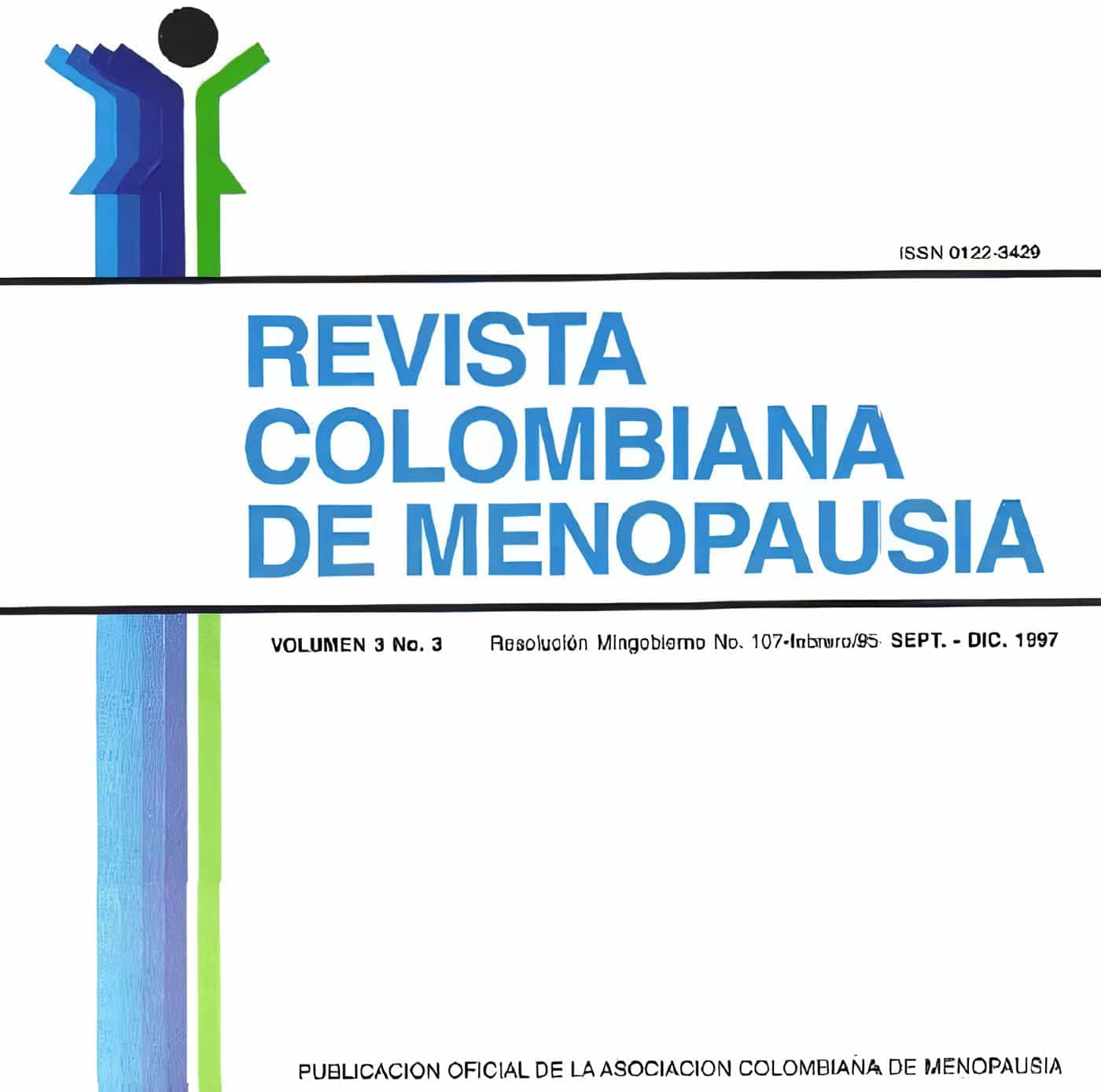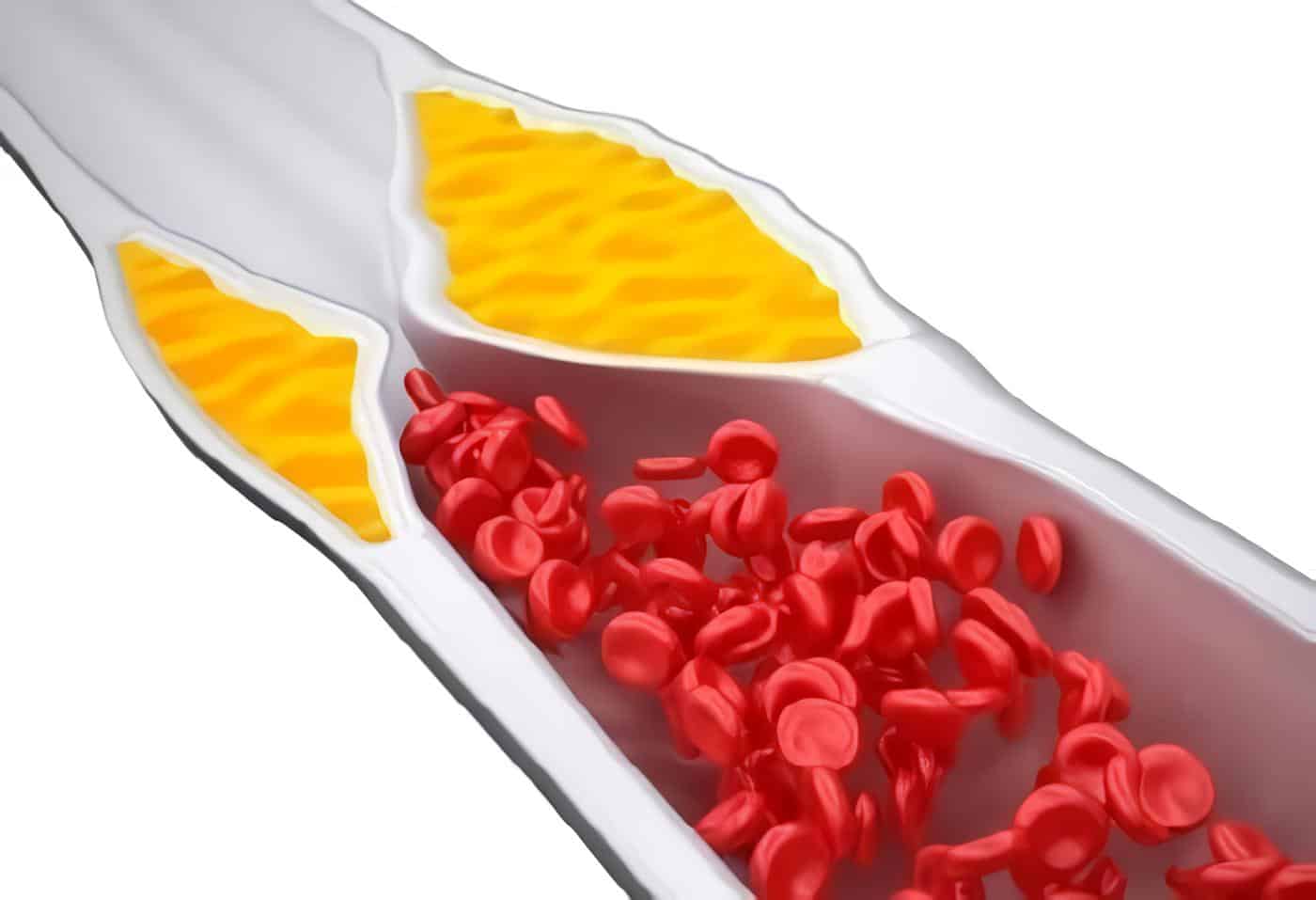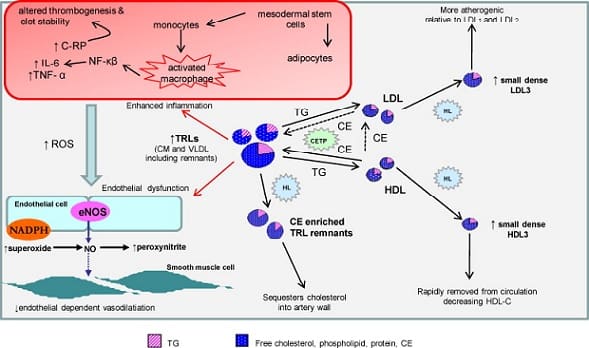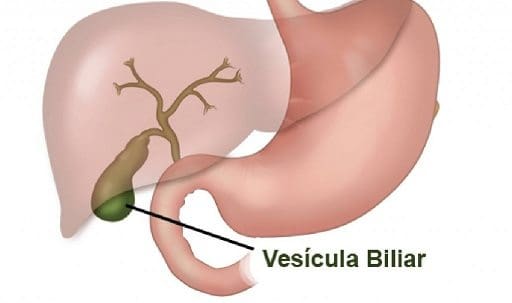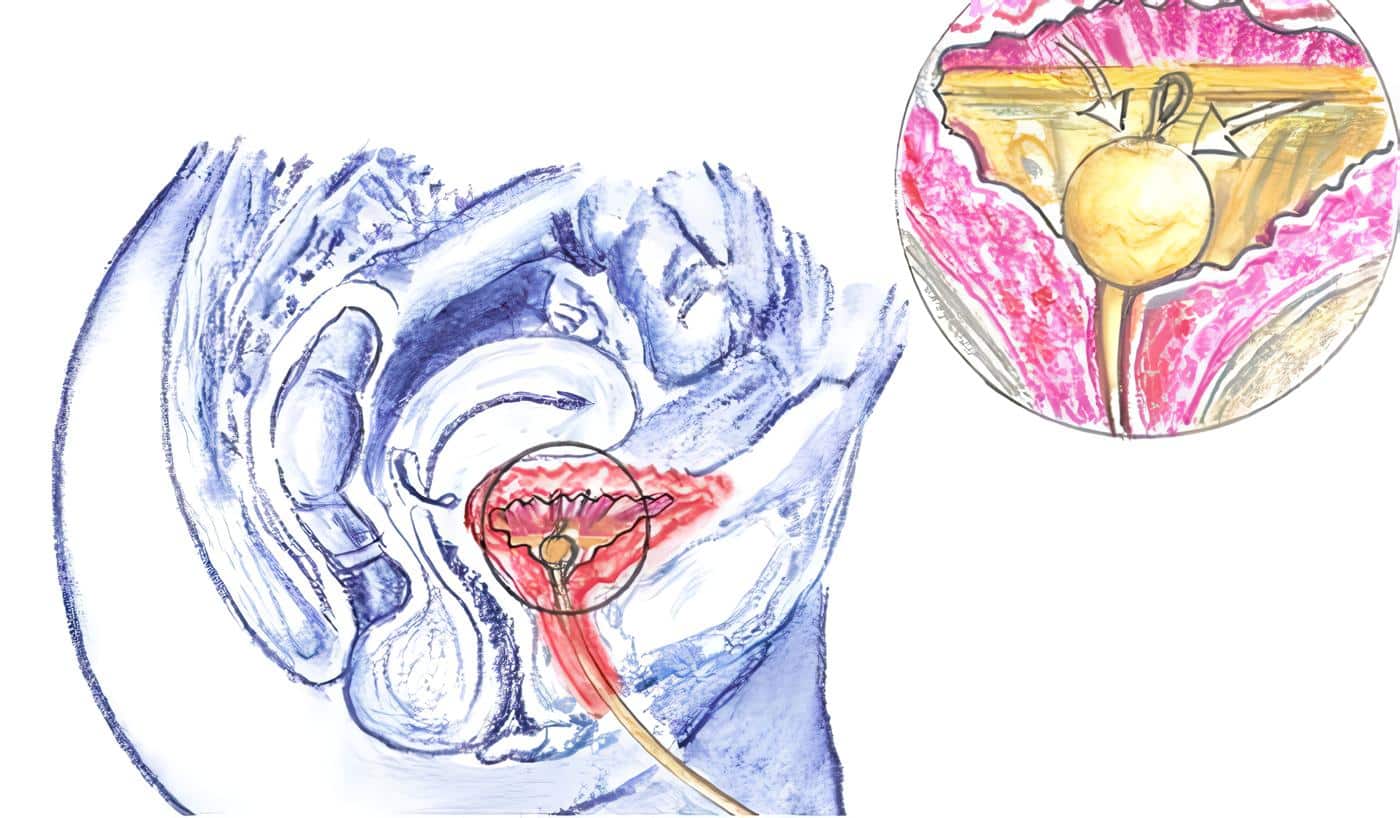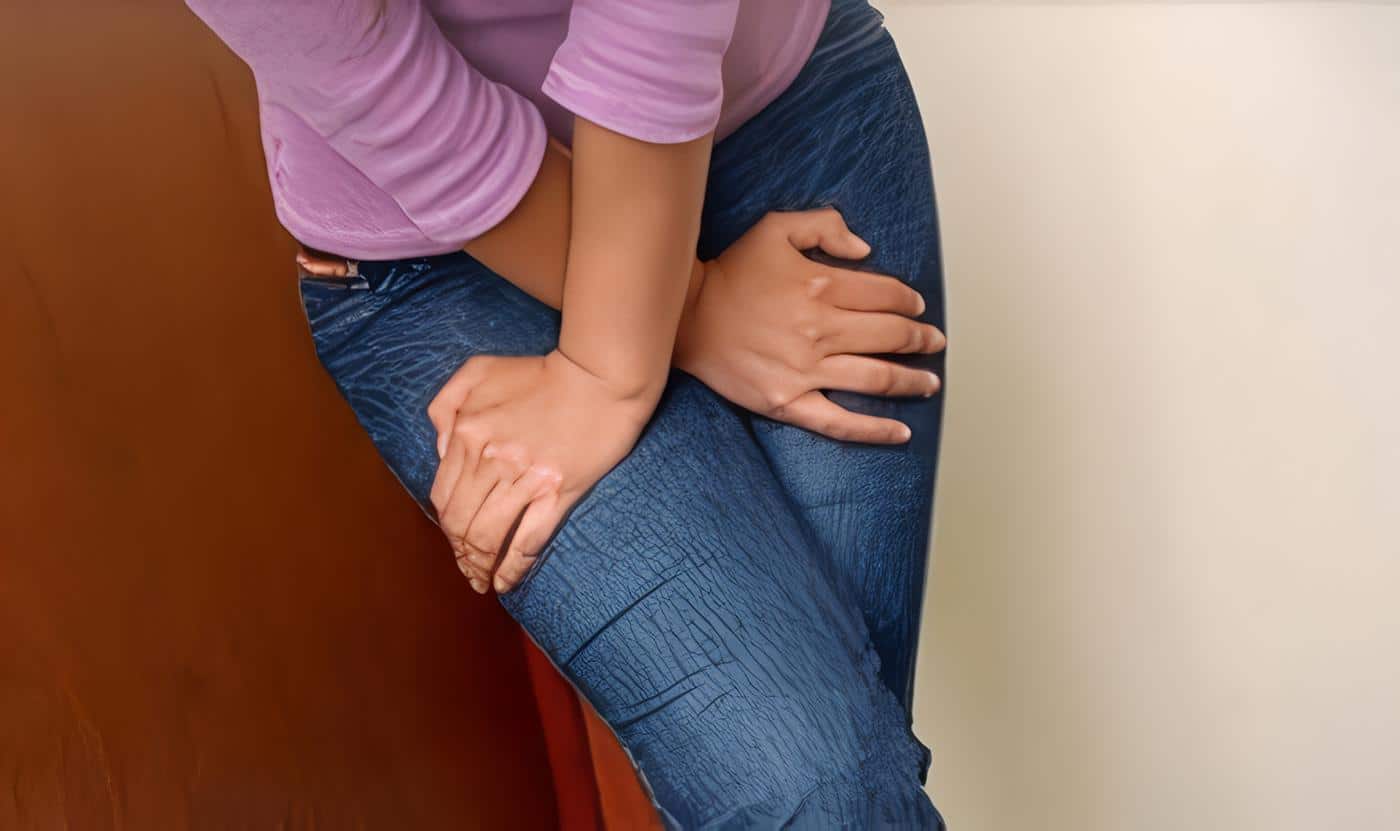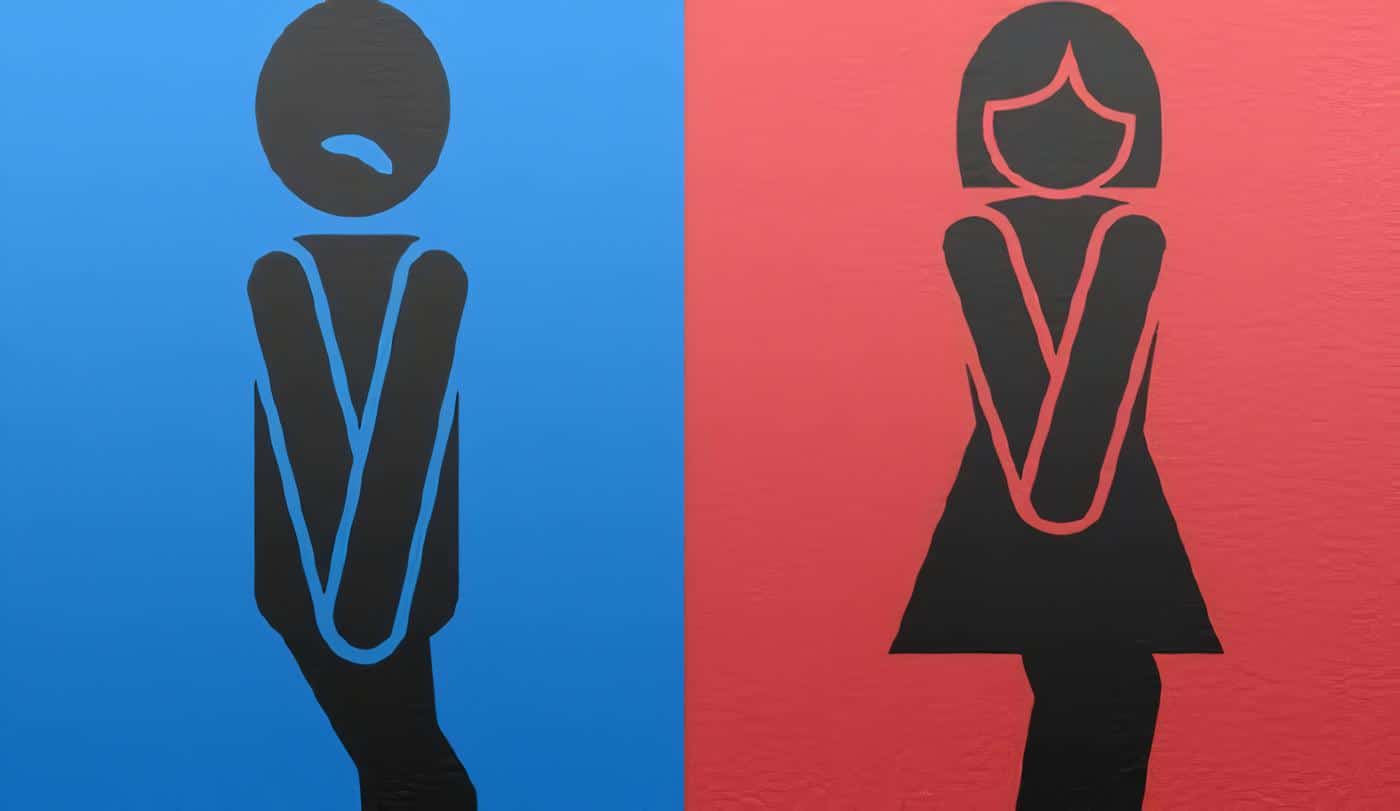Publicidad
Con esta finalidad es importante tener en cuenta 8 reglas, que se detallan a continuación:
- Primero, En la infancia, malos hábitos miccionales.
- Segundo, En el embarazo, limitar la ganancia ponderal y realizar una educación perineal.
- Tercero, En el parto, el período expulsivo ha de ser con vejiga vacía, evitar las expresiones abdominales y prevenir los desgarros perineales.
- Cuarto, En el postparto, implantar unos ejercicios perineales antes que los ejercicios de recuperación de los músculos abdominales.
- Quinto, En histerectomías, reinsertar los ligamentos a cúpula vaginal.
- Sexto, En cirugía de prolapso, considerar la posibilidad de incontinencia urinaria enmascarada.
- Séptimo, En la menopausia, indicar hormonoterapia sustitutiva.
- Octavo, En general, combatir los factores de aumento crónico de la presión intraabdominal como estreñimiento pertinaz u obesidad.
Bibliografía
- 1. Appell RA. Editorial: Urinary incontinence. J Urol 1994; 152: 103-104.
- 2. Caputo RM, Benson JT, McClellam E. Intravaginal maximal electrical stimulation in the treatment of urinary incontinence. J Reprod Med 1993; 38(9): 667-671.
- 3. Diokno AC, Brock BM, Brown MB, Herzog AR. Prevalence of urinary incontinence and other urological symptoms in the noninstitutionalized elderly. J Urol 1986; 136: 1022-1025.
- 4. Burgio KL, Mathews KA, Engel BT. Prevalence, incidence and correlates of urinary incontinence in healthy, middleage women. J Urol 1991; 146:1255-1259.
- 5. Fantl JA, Wyman JF, McClish DK, Bump RC. Urinary incontinence in the community-dwelling women: clinical, urodynamic and severity characteristics. Am J Obstet Gynecol 1990; 162 (4): 946-951.
- 6. Losif CS, Bekassy Z. Prevalence of genito-urinary symptoms in the late menopause. Acta Obstet Gynecol Scand 1984; 63:257-260.
- 7. Kralj B. Epidemiology of female urinary incontinence, classification of urinary incontinence, urinary incontinence in elderly women. Eur J Obst Gyn Reprod Biol 1994; 55: 39-41.
- 8. Sommer P, Bauer T, Nielsen KK, Kristensen ES, Hermann GG, Steven K er al. Voiding patterns and prevalence of incontinence in women. A questionnaire survey. Br J Urol 1990; 66:12-15.
- 9. Kamina P. Anatomie gynecologique et obstétricale. 4a. Ed. Paris: Maloine. 1984.
- 10. Tanagho EA, Smith DR. Mechanism of urinary incontinence. 1. Embryologic, anatomic and pathologic considerations. J Urol 1968; 100:640-646.
- 11. DeLancey JOL. Puvovesical ligament: A separate structure from the urethral supports (“pubo-urethral liga-ments”). Neurourol Urodyn 1989; 8: 53-61.
- 12. Bo K. Funcional aspects of the striated muscles within and arround the female urethra. Scand J Urol Nephrol 1995; 29 suppl 175: 27-35.
- 13. DeLancey JOL. Correlatives study of paraurethral anatomy. Obstet Gynecol 1986; 68(1): 91-97.
- 14. Critchley HOD, Dixon JS, Gosling JA. Comparative study of the human levator ami muscle. Urol Int 1980; 35:226-232.
- 15. Gunnarsson M, Mattiasson A. Circumvaginal surface electromyography in women with urinary incontinence and in healthy volunteers. Scand J Urol Nephrol 1994; suppl 175:89-95.
- 16. Oelrich TM. The striated urogenital sphincter muscle in the female. Anat Rec 1983; 205: 223-232.
- 17. Zacharin RF. The suspensory mechanism of the female urethra. J Anat 1963; 97 (3): 423-427.
- 18. Rud T, Ulmsten U, Andersson KE. Initiation of voiding in healthy women and those with stress incontinence. Acta Obstet Gynecol Scand 1978; 57: 457-462.
- 19. Enhorning G. Simultaneous recording of intravesical and intraurethral pressure. Acta Chir Scand suppl 1961; 276:1-68.
- 20. Torrens M. Suprapontine influences on the micturition reflex. Scand J Urol Nephrol 1995; 29 suppl 175: 11-13.
- 21. Levin RM, Wein AJ, Saito M, Longhurst PA, Factors that modulate the initiation of micturition. Scand J Urol Nephrol 1995; 29 suppl 175: 3-10.
- 22. Andersson KE, Persson K. Nitic oxyde synthase and the lower urinary tract: possible implications for physiology and pathophysiology. Scand J Urol Nephrol 1995; 29 suppl 175: 43-53.
- 23. Mattiasson A. Pharmacological modulation of the micturition reflex at the spinal cord level and peripherally. Scand J Urol Nephrol 1995; 29 suppl 175: 41- 42.
- 24. Nishizawa O, Sugaya K, Shimoda N. Pontine and spinal modulation of the micturition reflex. Scand J Urol Nephrol 1995; 29 suppl 175: 15- 19.
- 25. International Continence Society (I.C.S.). The standardisation of terminology of lower urinary tract function. Scand J Urol Nephrol 1988; 114 suppl : 5- 19.
- 26.Versi E, Cardozo L, Brincat M et al: “Correlation of urethral physiology and skin collagen in postmenoapusal women”. Br. J. Obstet. Gynecol 1988; 95: 147-152.
- 27. Stolz JR, Forgel EJ. The chain cystourethrogram. Radiology 1972; 103: 204-206.
- 28. Versi E. Discriminant analysis of urethral pressure profilometry data for the diagnosis of genuine stress incontinence. Br. J. Obstet Gynecol 1990; 97: 251-259.
- 29. Bethoux A, Bory S, Huguier M, Land LS. Une technique radiologique diexploration des prolapsus génitaux et des incontinences diurine: le colpocystogramme. Aun Radiol 1965; 8: 809-815.
- 30. Schüssler B. Radiological evaluation of the pelvic floor and viscera. En: Schüssler B, Laycock J, Norton P, Stanton S, eds. Pelvic floor re-education. Principles and practice. London: Springer – Verlag. 1994; 75-77.
- 31. Debus-Thiede G. Magnetic resonance imaging of the pelvic floor. En Schüssler B., Laycock J, Norton P, Stanton S, eds. Pelvic floor re-education. Principles and practice. London: Springer – Verlag. 1994; 78-82.
- 32. Voduöek DB. Electrophysiology. En: Schüssler B., Laycock J, Norton P, Stanton S, eds. Pelvic floor re-education. Principles and practice. London: Springer – Verlag. 1994; 83-97.
- 33. Wall LL, Norton PA, DeLancey JOL. Practical urogynecology. Baltimore Williams (Williams. 1993).
- 34. K‘lbl H. Ultrasound. En: Schüssler B., Laycock J, Norton P, Stanton S, eds. Pelvic floor re-education. Principles and practice. London: Springer – Verlag. 1994; 83-87.
- 35. Bates P, Bradley WE, Glen E, Melchior H, Rowan D, Sterling A, et al. Fourth repond on the standardisation of terminology of lower urinary tract function. Terminology relatet to neuromuscular dysfunction of lower urinary tract. Scand J Urol Nephrol 1981; 15: 169-171.
- 36. Hodgkinson CP, Ayers Ma, Drukker BH. Dyssynergic detrusor dysfunction in the apparently normal female. Am J Obstet gynecology 1963; 15: 717-730.
- 37. Blaivas JG, Olsson CA. Stress incontinence: Classification and surgical approach. J Urol 1988; 139: 727-731.
- 38. Jolleys JV. Reported prevalence of urinary incontinence in women in general practice. BMJ 1988; 296: 1300-1302
- 39. Ouslander J, Staskin D, Raz S, Su HL, Hepps K. Clinical versus urodynamic diagnosis in and incontinent geriatric female population. J Urol 1987; 137: 68-71.
- 40. Diokno AG, Brock BM, Herzog AR, Bromerg J. Medical correlates of urinary incontenence in the elderly. Urology 1990, 36 (2): 129-138.
- 41. Bent AE, Richardson DA, Ostergaard DR. Diagnosis of lower urinary tract disorders in postmenopausal patients. Am J obstet Gynecol 1983; 145: 218-222.
- 42. Nemir A, Middleton RP. Stress incontinence in young nulliparous women. Am J Obstet Gynecol 1954; 68: 1166-1168.
- 43. Wolin LH. Stress incontinence in young, healthy nulliparous female subjects. J Urol 1969, 101: 545-549.
- 44. Sandvik H, Hunskaar S, Vanvik A, Bratt H, Seim A, Hermstad R. Diagnostic, Classification of female urinary incontinence: an epidemiological survey corrected for validity. J Clin epidemiol 1995; 48(3): 339-343.
- 45. Sand PK, Hill RC, Ostergard DR “Incontinence history as a predictor of detrusor instability” Obstet Gynecol 1988; 71:257-260.
- 46. Verecken RL, Wouters M. Discrepances Between clinical and urodynamical findings wich are true? Urol Int 1988; 43: 282-285.
- 47. Walters MD, Shields LE. The diagnostic value of history, physical examination and the Q-tip cotton swab test in women with urinary incontinence. Am J obstet Gynecol 1988; 159: 145-149.
- 48. Lagro-Janssen ALM, Debruyne FMJ, Van Weel C. Value of the patients case history in diagnosing urinary incontinence in general practice. BR J Urol 1991; 67: 569-572.
- 49. Jenssen JK, Nielsen FR, JR, Ostergard DR, The role of patient history in the diagnosis of urinary incontinence. Obstet gynecol 1994; 83: (5 Pt 2): 904-910.
- 50. Foldspang A, Mommsen S. Adult female urinary incontinence and childhood bedwetting. J Urol 1994; 152: 85-88.
- 51. Viktrup L, Lose G; Rolff M, Barfoed K. The symptom of stress incontinence caused by pregnancy or delivery in primiparas. Obstet Gynecol 1992; 79 (6): 945-949.
- 52. Thomas TM, Plymat KR, Blannin J, Meade TW. Prevalence of urinaty incontinence. BMJ 1980; 281: 1243-1245.
- 53. Minaire P, Jacquetin B. La prévalence de líincontinence urinaire féminine en médicine générale. J Gynecol Obstet Biol Reprod 1992; 21: 731-738.
- 54. Smith ARB. Role of connective tussue and muscle in pelvic floor dysfunction. Curr Opin Obstet Gynecol 1994; 6: 317-319.
- 55. Vierhout ME, Gianotten WL. Unintended urine loss in women during sexual activities; an exploratory study. (Original en holandés ) (abstract). Med Tijdschr Geneeskd 1993; 137 (18): 913-916.
- 56. Migliorini GD, Glennin PP. Bonneyis test-fact o fction? Br Obstet Gynecol 1987; 94: 157-159.
- 57. Rosenzweig BA, Pushkin S, Blumenfeld D, Bhatia NN. Prevalence of abnormal urodynamic test. Results in continent women with severe genitourinary prolapse. Ostet Gynecol 1992; 79(4): 539-542.
- 58. Hilton P, Staton SL. Urethral pressure measurement by microtransducer: the results in symptom-free women and in those with genuine stress incontinence. Br J Ostet Gynecol 1983; 919-933.
- 59. Staton SL. Tratamiento quirúrgico de la incompetencia del esfínter uretral. Clin Obstet Ginecol (México) 1990; 2: 337-348.
- 60. Burch JC. Cooperis ligament urethrovesical suspension for stress incontinence. Nine years experience-results. Complications, technique. Am J obst Gynec 1968; 100(6): 764-772.
- 61. Marshall VF, Marchetti AA, Krantz KE. The correction of stress by simple vesicourethral suspension. Surg Gynecol Obst 1949; 88: 509-518.
- 62. Seman E, OiShea RT. Laparoscopic Burch colposuspension. A new approach for stress incontinence (letter; comment). Med J Aust 1994; 160 (1): 42.
- 63. Harewood LM. Laparoscopic needle colposuspension for genuines strees incontinence. J Endourol 1993; 7(4): 319-322.
- 64. Valle Gerhold J, Murillo Pérez C, Timón García A, Blasco Beltrán B, López Lópa JA, Valdivia Urja JG. Experiencia con la uretropexia endoscópica: resultados a largo plazo. Actas Urol Esp 1993; 17(9): 595-597.
- 65. Santarosa RP, Blaivas JG. Periurethral injection of autologous fat for the treatment of sphincteric incontinence (see comments). J Urol 1994; 151(3): 607-611.
- 66. OiConnell HE, McGuire EJ, Aboseif S, Usui A. Transuretharl collagen therapy in women. J Urol 1995; 154 (4): 1463-1465.
- 67. Schüssler B, Prince S. Concept of an individualized combined pelvic floor re-education programme. En: Schüssler B, Laycock J, Norton P, Stanton S, eds. Pelvic floor re-education. Principles and practice. London: Springer – Verlag. 1994; 169-175.
- 68. Grosse D, Sengler J, Joly B. Las techniques de simulation dans la rééducation vésico,sphinctérienne. J Urol Paris 1993; 99(5): 229-242.
- 69. Jones EG, Kegel AH. Treatment of urinary stress incontinence. With results in 117 patients trated by active exercise of pubococcigei. Surg Gynecol Obstet 1952; 94: 179-188.
- 70. Dumoulin C, Seaburne DE, Quirion-DeGirardi C, Sullivan SJ. Pelvic-floor rehabilitation. Part 2: Pelvic-floor reeducation with interferential currents and exercise in the treatment of genuine stress incontinence in post-partum women. A cohort study. Phys Ther 1995; (12): 1075-1081
- 71. Elia G, Bergman A. Pelvic muscle exercise. When do tehy work? Obstet Gynecol 1993; 81: 283-286.
- 72. Benvenuti F, Caputo GM, Bandinelli S, Mayer F, Biagini C, Sommavilla A. Reeducative treatment of femate genuine stress incontinence. Am J Phys Med 1987; 66(4): 155-168.
- 73. Cardozo L, Stanton SL, Hafner J, Allan V. Biofeedback in the treatment of detrusor instability Br J Urol 197 8; 50: 250-254.


